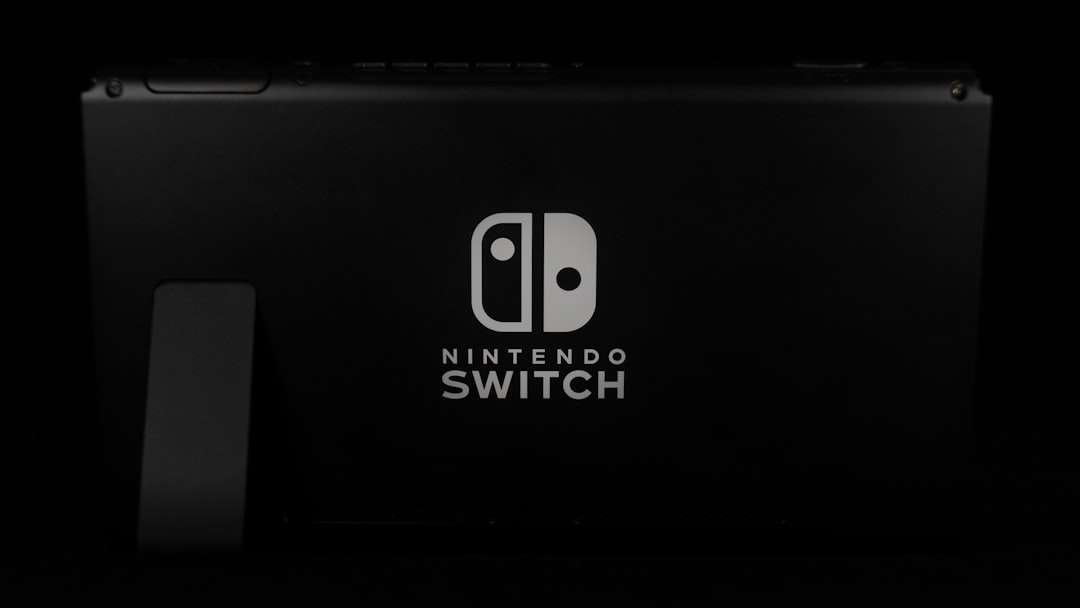Bluetooth technology has come a long way since its inception in the early 2000s. Over the years, multiple versions have improved upon the previous ones, offering better connectivity, energy efficiency, range, and device compatibility. Two relatively recent versions—Bluetooth 5.1 and Bluetooth 5.4—stand out as milestones in this evolution. Understanding the differences and advantages between them can help in making informed purchasing or development decisions, especially in sectors such as IoT, audio, and location tracking.
What is Bluetooth 5.1?
Released in January 2019, Bluetooth 5.1 brought significant advancements to the wireless communication protocol. It retained many of the core features of Bluetooth 5.0 but introduced a few game-changing capabilities that set it apart, primarily in the realm of location tracking.
Key Features of Bluetooth 5.1:
- Direction Finding: Utilizes Angle of Arrival (AoA) and Angle of Departure (AoD) to pinpoint the direction of a signal, allowing for sub-meter level accuracy in indoor positioning.
- GATT Caching: Speeds up the reconnection process between devices by storing service structures.
- Randomized Advertising Channel Indexing: Improves the robustness of advertising channels, especially in congested environments.
- Periodic Advertising Sync Transfer (PAST): Helps devices sync advertising data without scanning.
Bluetooth 5.1 was the first version to make location-based services more accurate and reliable without relying on Wi-Fi or GPS, a major benefit for industries like logistics, smart retail, and healthcare.
What is Bluetooth 5.4?
Bluetooth 5.4 was officially announced in February 2023. This version builds upon the foundations laid by 5.1 and later iterations, enhancing support for large-scale device networks, optimizing energy consumption, and providing increased security and interoperability. It focuses heavily on the Internet of Things (IoT), especially in industrial and commercial settings.

Key Features of Bluetooth 5.4:
- Periodic Advertising with Responses (PAwR): Enables bidirectional communication between broadcast adapters and devices while consuming low power. This is particularly useful for Electronic Shelf Labels (ESLs) and smart displays.
- Encrypted Advertising: Introduces security to previously unencrypted broadcast messages, protecting sensitive information without requiring active connections.
- LE GATT Security Levels Characteristic: Allows devices to communicate their security capabilities and requirements, improving compatibility between devices with different security standards.
- Support for Thousands of Nodes: Makes it easier to manage vast IoT networks like those found in smart factories, retail chains, and warehouses.
Bluetooth 5.4 is not just an incremental update; it marks a paradigm shift in how low-energy Bluetooth can be used for broadcast-based, secure, and scalable operations.
Comparative Analysis: Bluetooth 5.4 vs. 5.1
While both versions offer robust capabilities, their differences point to unique use-case scenarios. The table below highlights the key differences:
| Feature | Bluetooth 5.1 | Bluetooth 5.4 |
|---|---|---|
| Direction Finding | Supported | Supported |
| Encrypted Advertising | Not Supported | Supported |
| Periodic Advertising with Response (PAwR) | Not Available | Available |
| Device Network Capacity | Limited | Thousands of Nodes |
| Security Features | Standard BLE Security | Enhanced with LE GATT Security |
| IoT Optimization | Basic | Advanced |
From this comparative view, it’s apparent that Bluetooth 5.1 was more consumer-oriented, with a focus on better user experiences and location accuracy, while Bluetooth 5.4 leans toward industrial and business applications where security, scalability, and power efficiency are crucial.
Use Cases: Where Each Version Excels
Bluetooth 5.1 Use Cases:
- Asset Tracking: Enhanced indoor navigation through directional finding.
- Smart Homes: Improved reconnection speeds for smart locks and lights.
- Consumer Wearables: Better connection stability and energy efficiency.
Bluetooth 5.4 Use Cases:
- Retail with Electronic Shelf Labels: PAwR enables the control of thousands of ESLs with low latency and energy usage.
- Industrial IoT: Secure and scalable networks for sensor arrays and automation systems.
- Smart Cities: Real-time data broadcasts with encryption for public utilities and services.

Backward Compatibility and Hardware Requirements
Both Bluetooth 5.1 and 5.4 are backward compatible with earlier versions of Bluetooth Low Energy (BLE). However, device manufacturers need to ensure that the hardware supports the specific features. For example, direction finding requires antenna arrays, and using PAwR or Encrypted Advertising demands that both the transmitter and receiver support Bluetooth 5.4 natively.
For consumers, this means that unless the device clearly markets its support for these advanced features, the advertised benefits may not be available. Developers building IoT or smart retail solutions should closely examine chipset specifications before choosing a Bluetooth stack.
Conclusion
Bluetooth 5.1 and 5.4 each serve different but sometimes overlapping purposes. While Bluetooth 5.1 focuses on precision location and improved connectivity for consumers, Bluetooth 5.4 is designed with industry-level scalability, security, and broadcast communication in mind. Both represent important steps forward in Bluetooth’s continuing evolution.
Choosing between the two depends on the specific needs of the application. Consumer-level devices may still thrive with 5.1, while enterprise-level deployments will benefit immensely from the innovations in 5.4. As Bluetooth technology continues to evolve, users can expect even more specialization and optimization in future versions.
FAQ: Bluetooth 5.4 vs. 5.1
-
Q: Is Bluetooth 5.4 faster than 5.1?
A: Not significantly in terms of data rate. Both versions share core BLE speed characteristics, with enhancements focused more on features than raw speed. -
Q: Can my Bluetooth 5.1 device be updated to 5.4?
A: No. Bluetooth versions depend on hardware capabilities, so a firmware update alone cannot upgrade Bluetooth 5.1 to 5.4. -
Q: What is the most important feature of Bluetooth 5.4?
A: Periodic Advertising with Responses (PAwR) and Encrypted Advertising are considered the most transformative features, especially for large-scale IoT and retail applications. -
Q: Are both versions suitable for IoT scenarios?
A: Yes, but Bluetooth 5.4 is specifically tailored for advanced IoT needs, supporting more scalable and secure communication networks. -
Q: Do Bluetooth 5.4 devices work with older smartphones?
A: They are backward compatible, but older devices won’t support the newer features. Basic communication may still function, but advanced capabilities won’t be utilized.

